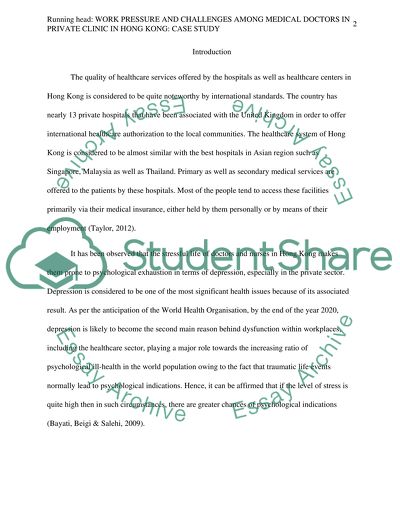Cite this document
(“Work Pressure and Challenges among Medical Doctors in Private Clinic Dissertation”, n.d.)
Retrieved from https://studentshare.org/architecture/1400204-work-pressure-and-challenges-among-medical-doctors
Retrieved from https://studentshare.org/architecture/1400204-work-pressure-and-challenges-among-medical-doctors
(Work Pressure and Challenges Among Medical Doctors in Private Clinic Dissertation)
https://studentshare.org/architecture/1400204-work-pressure-and-challenges-among-medical-doctors.
https://studentshare.org/architecture/1400204-work-pressure-and-challenges-among-medical-doctors.
“Work Pressure and Challenges Among Medical Doctors in Private Clinic Dissertation”, n.d. https://studentshare.org/architecture/1400204-work-pressure-and-challenges-among-medical-doctors.


